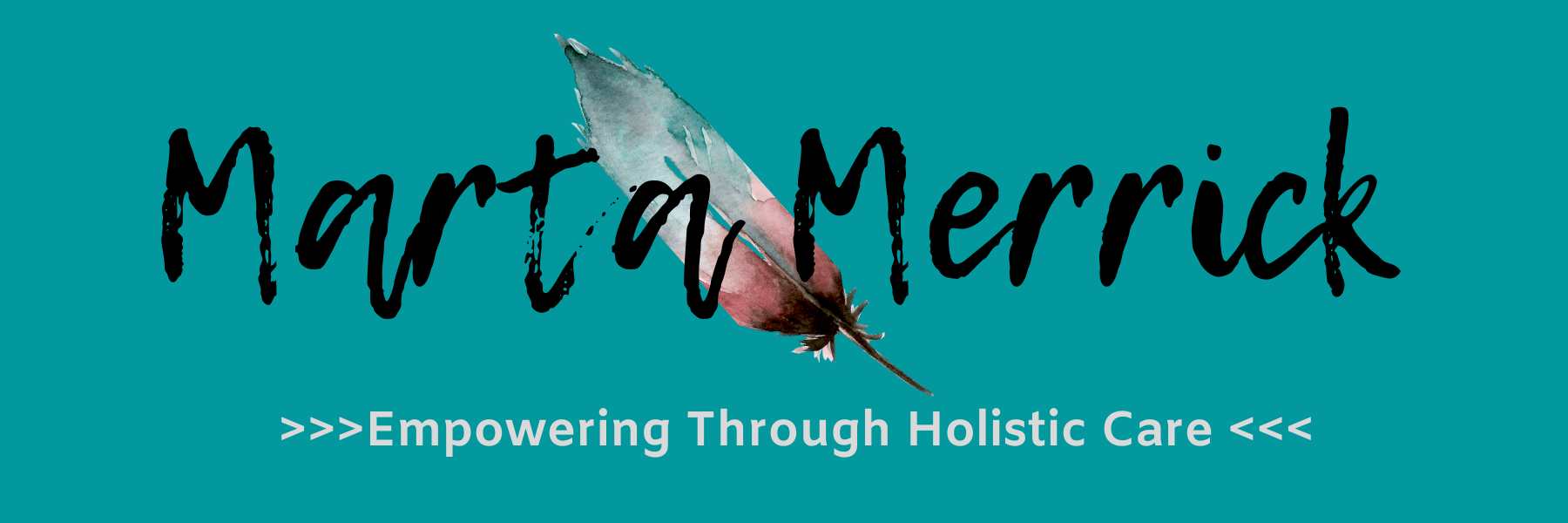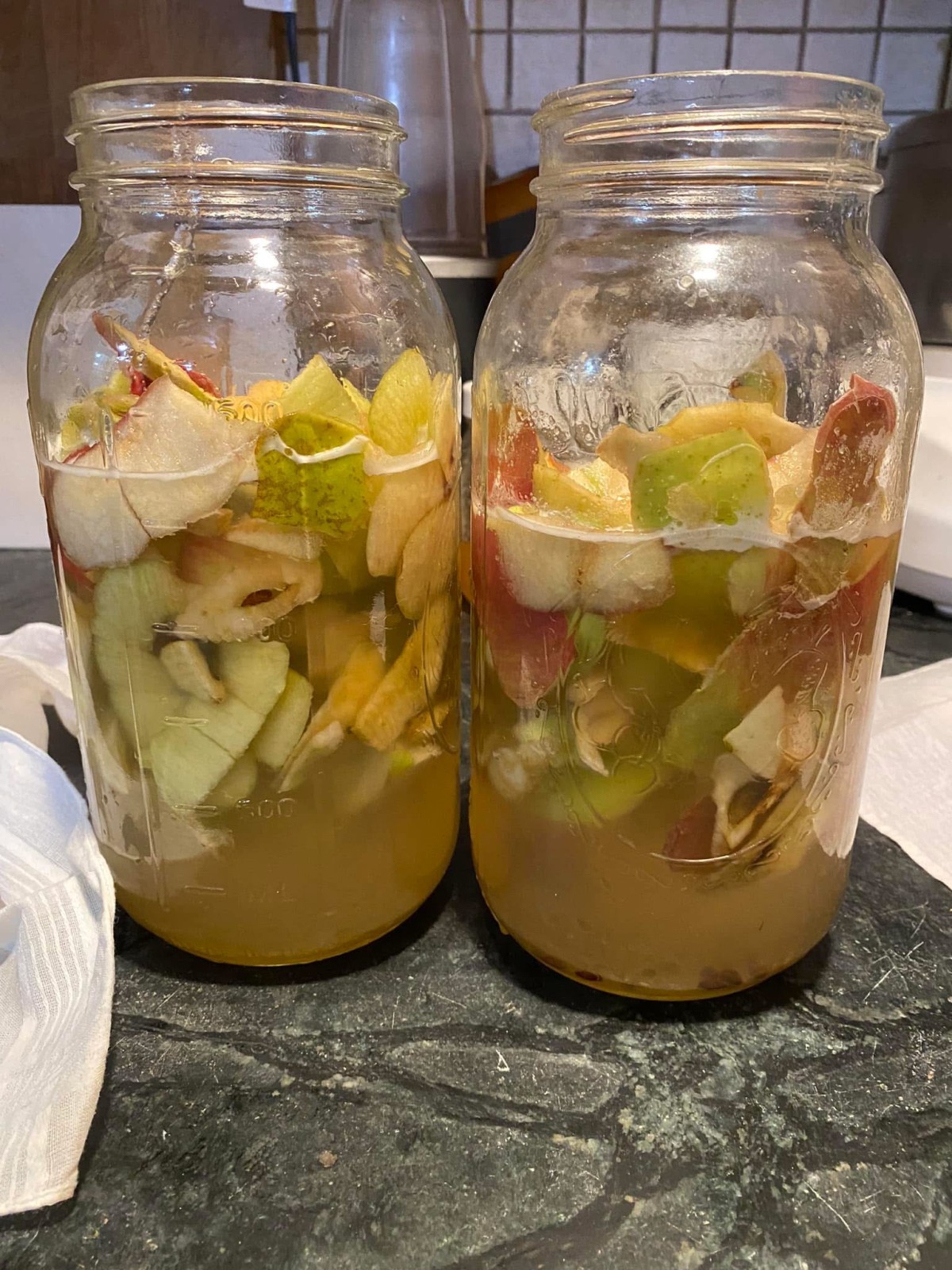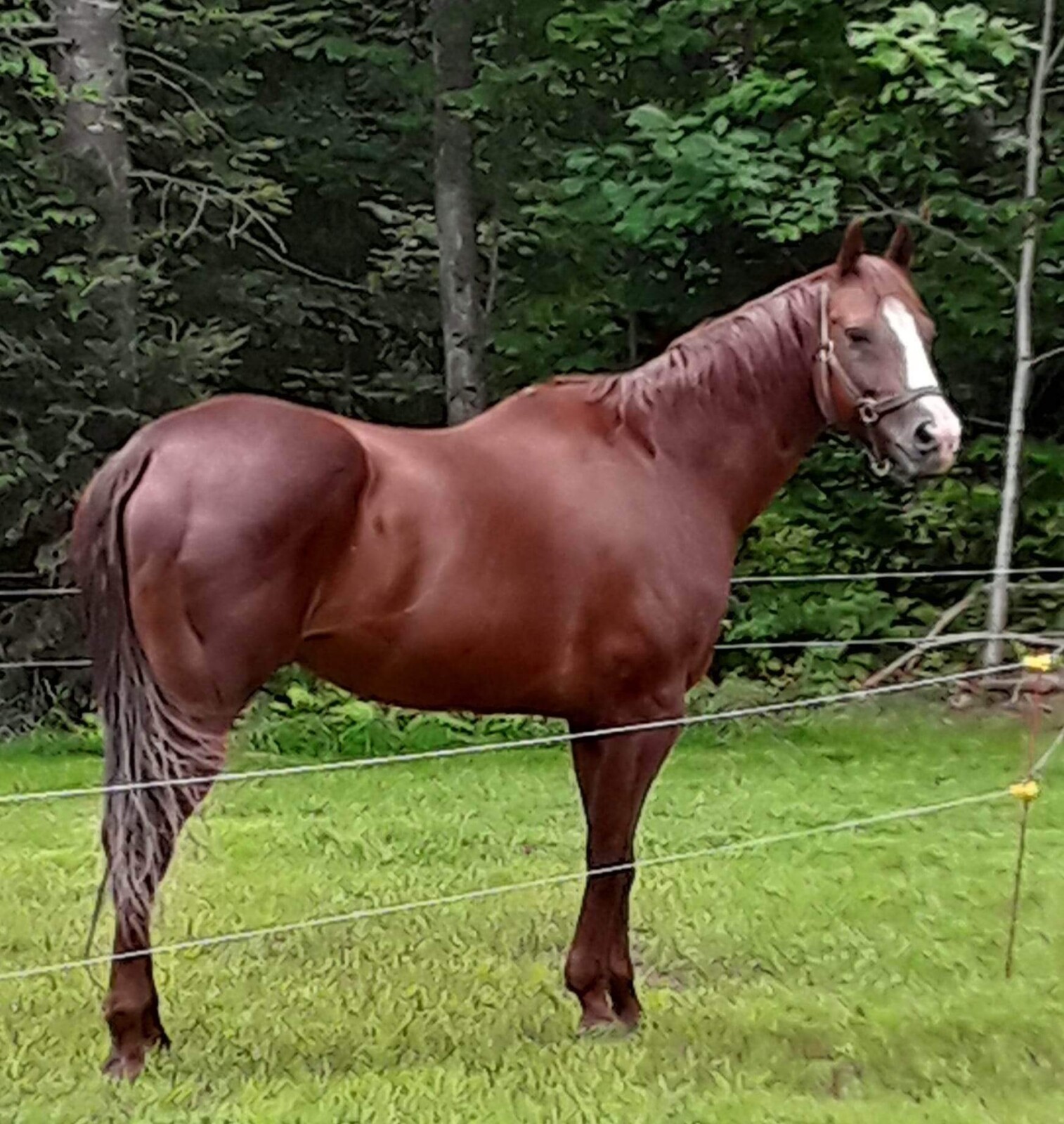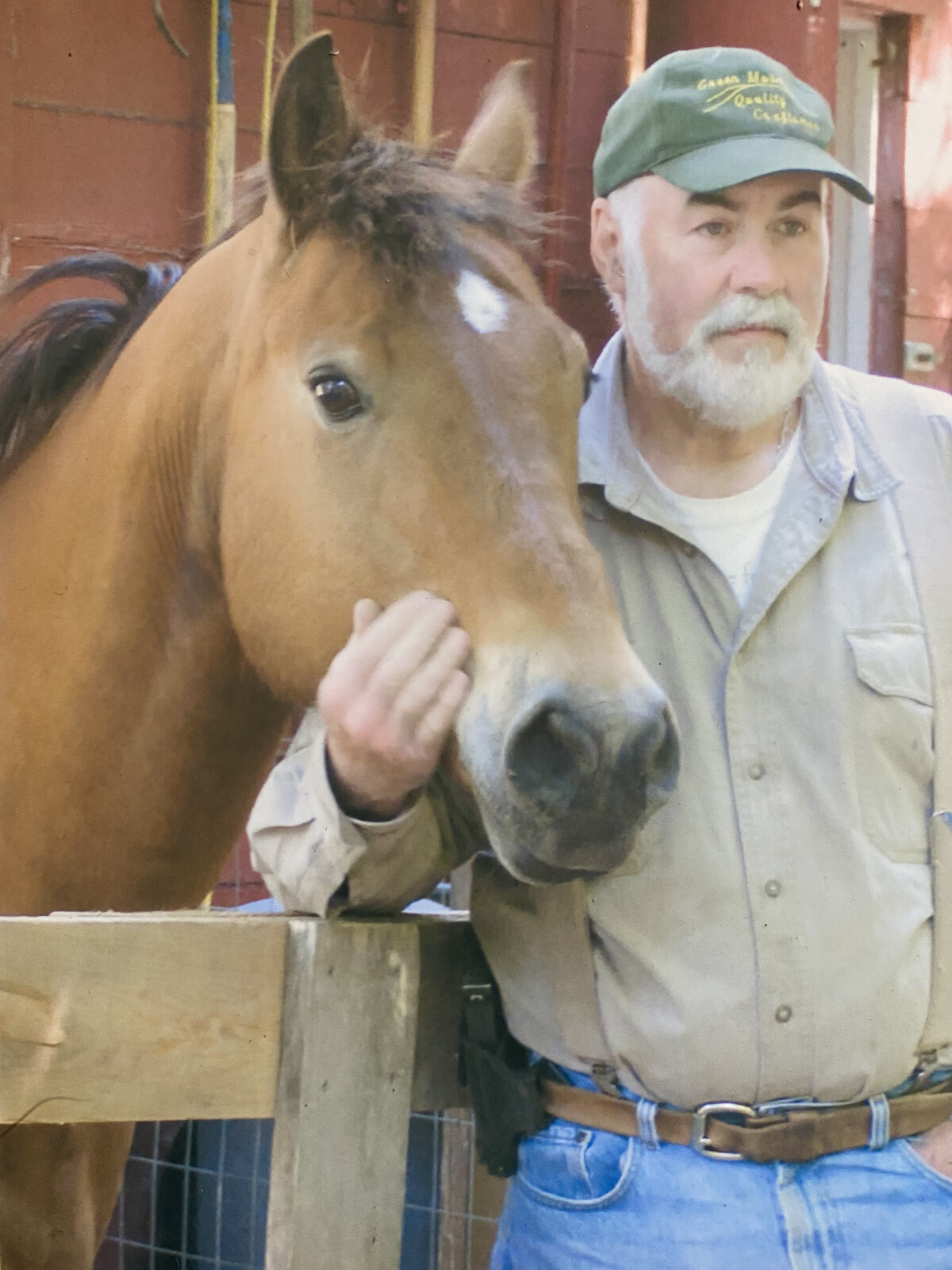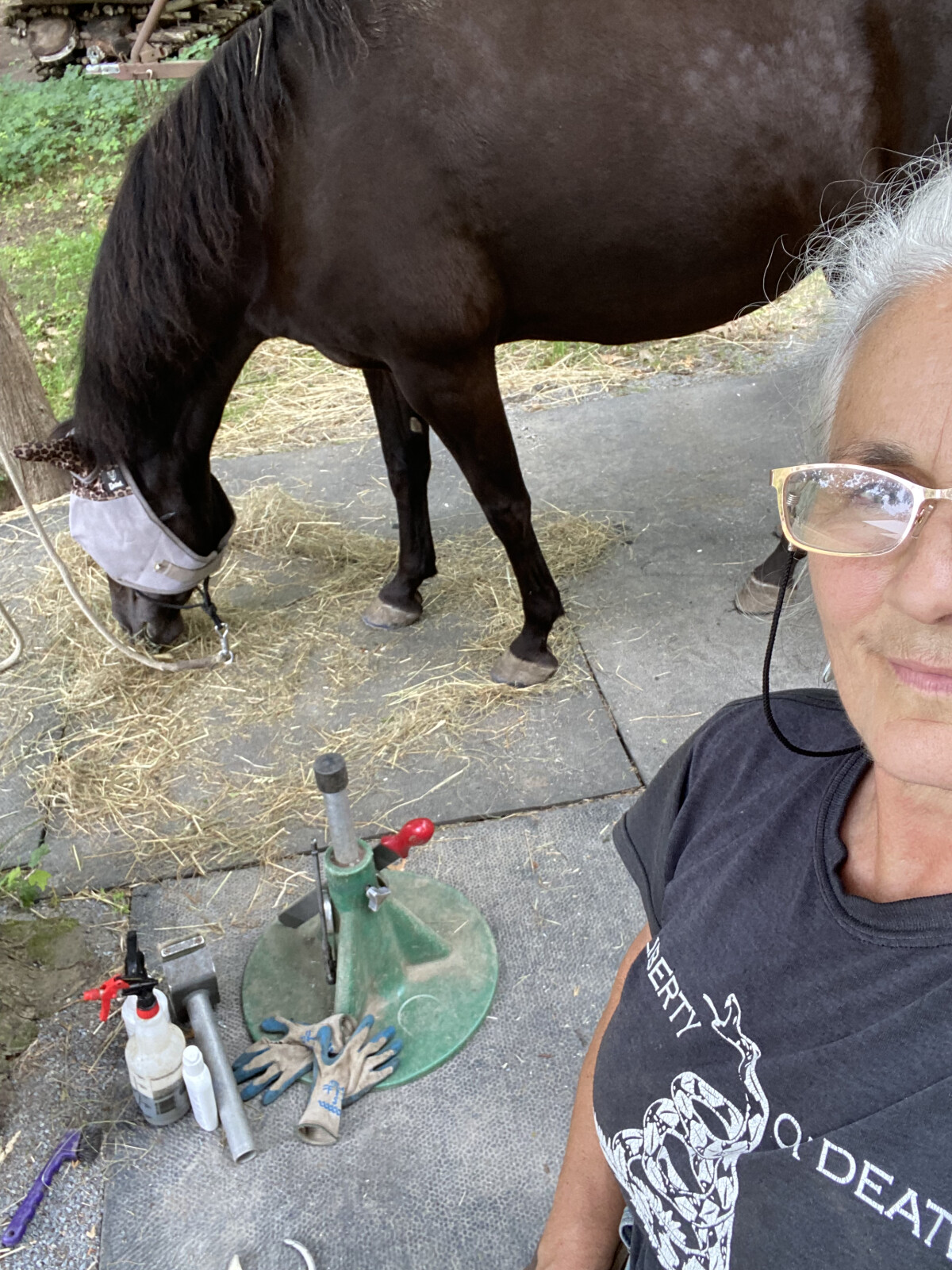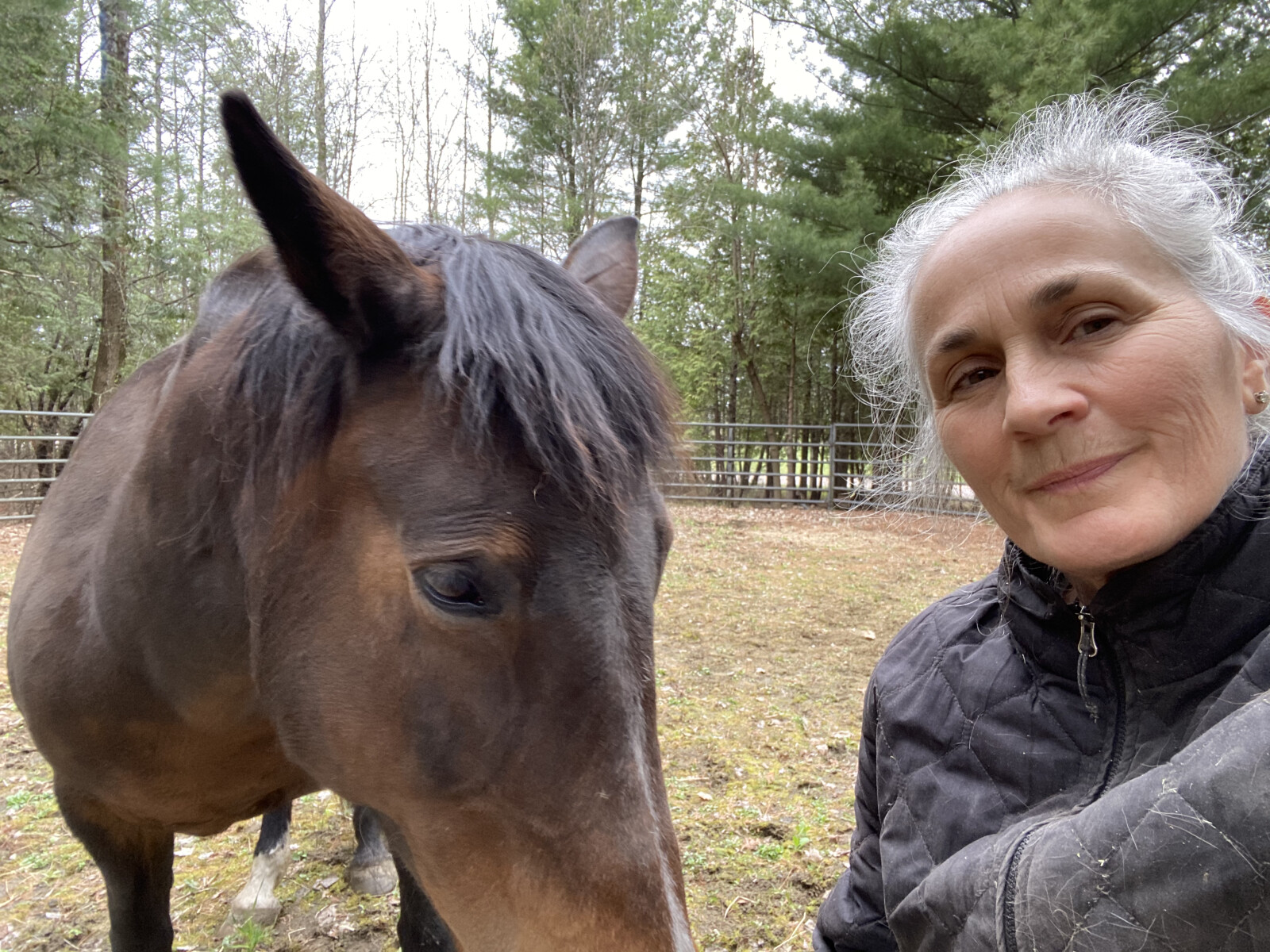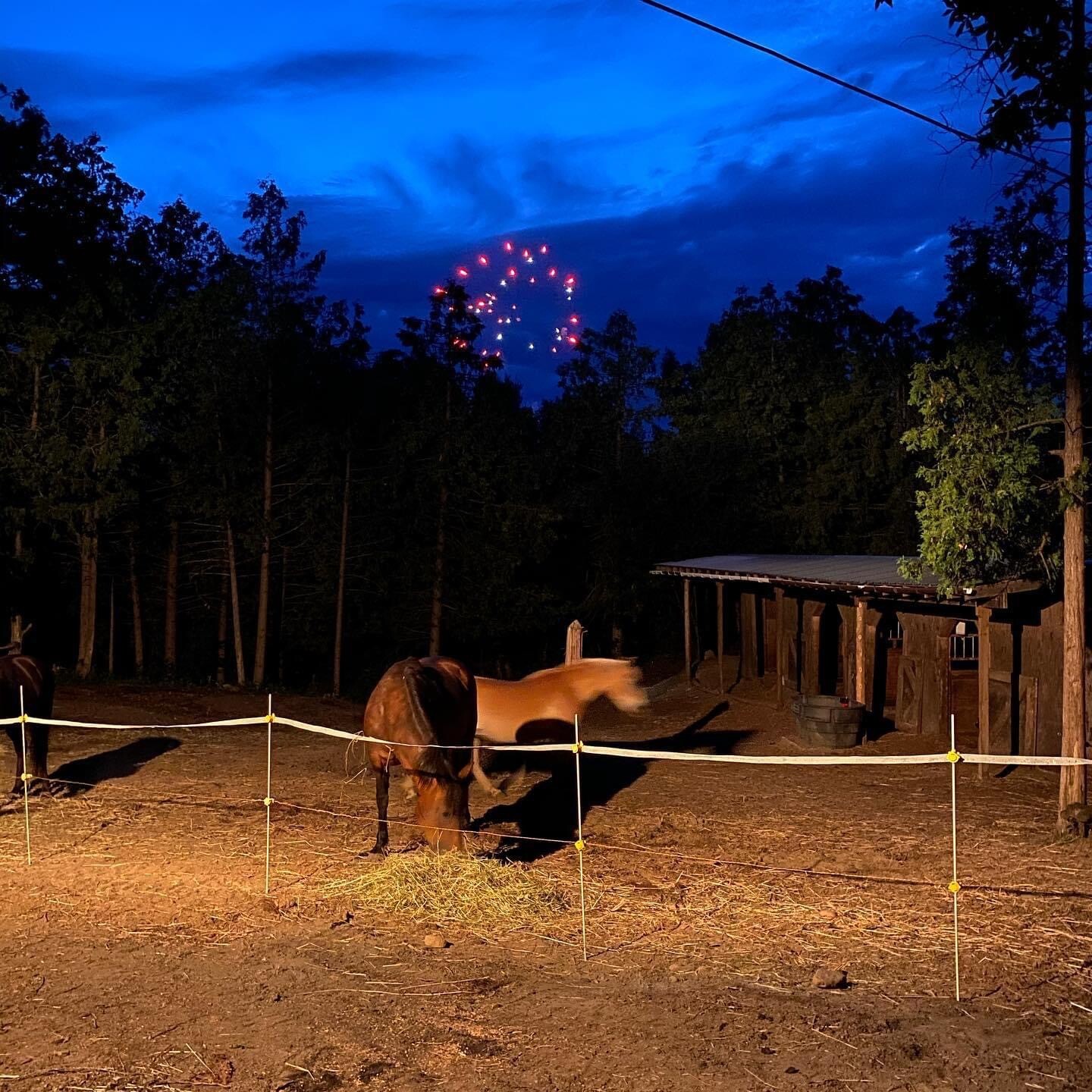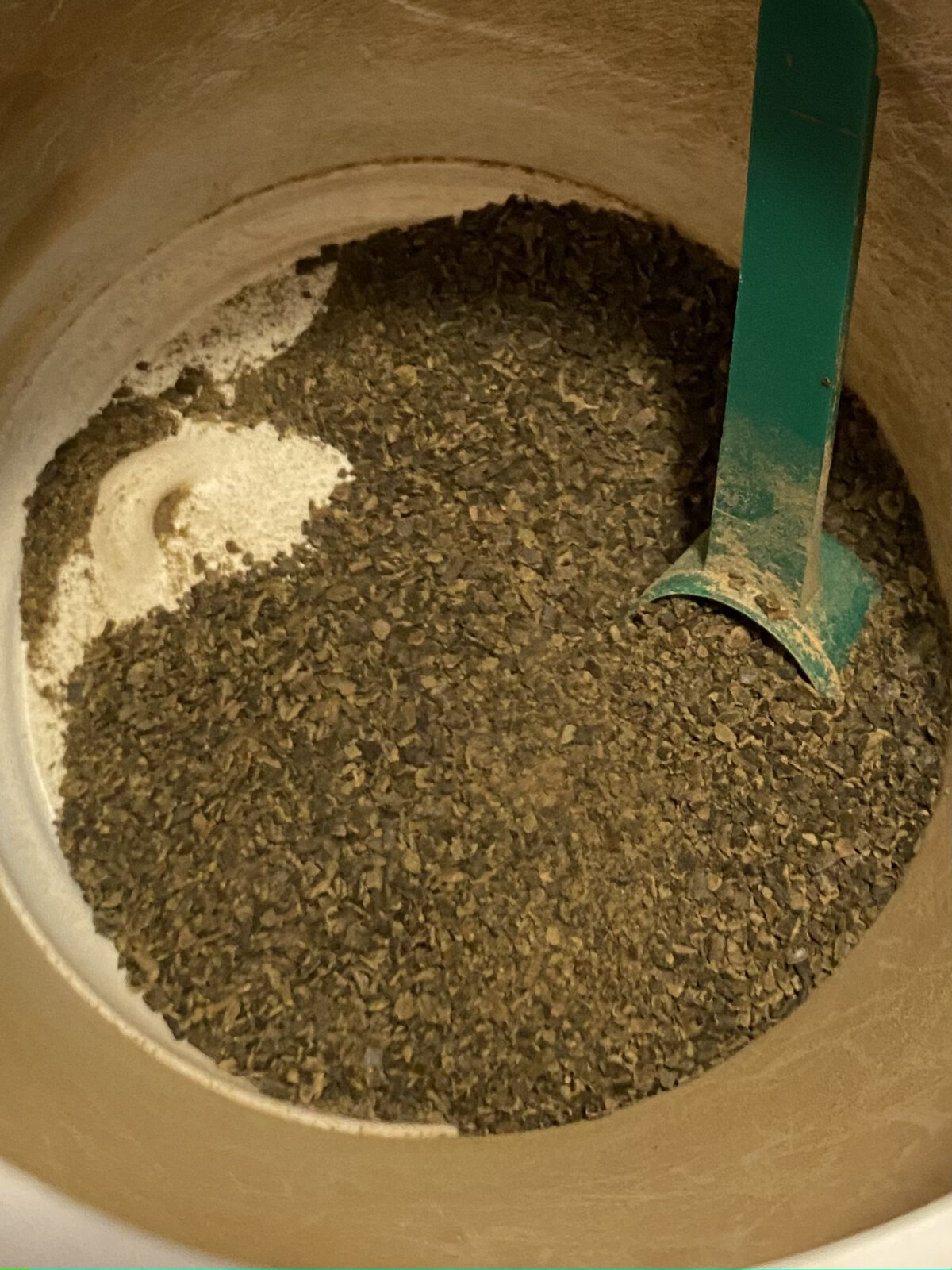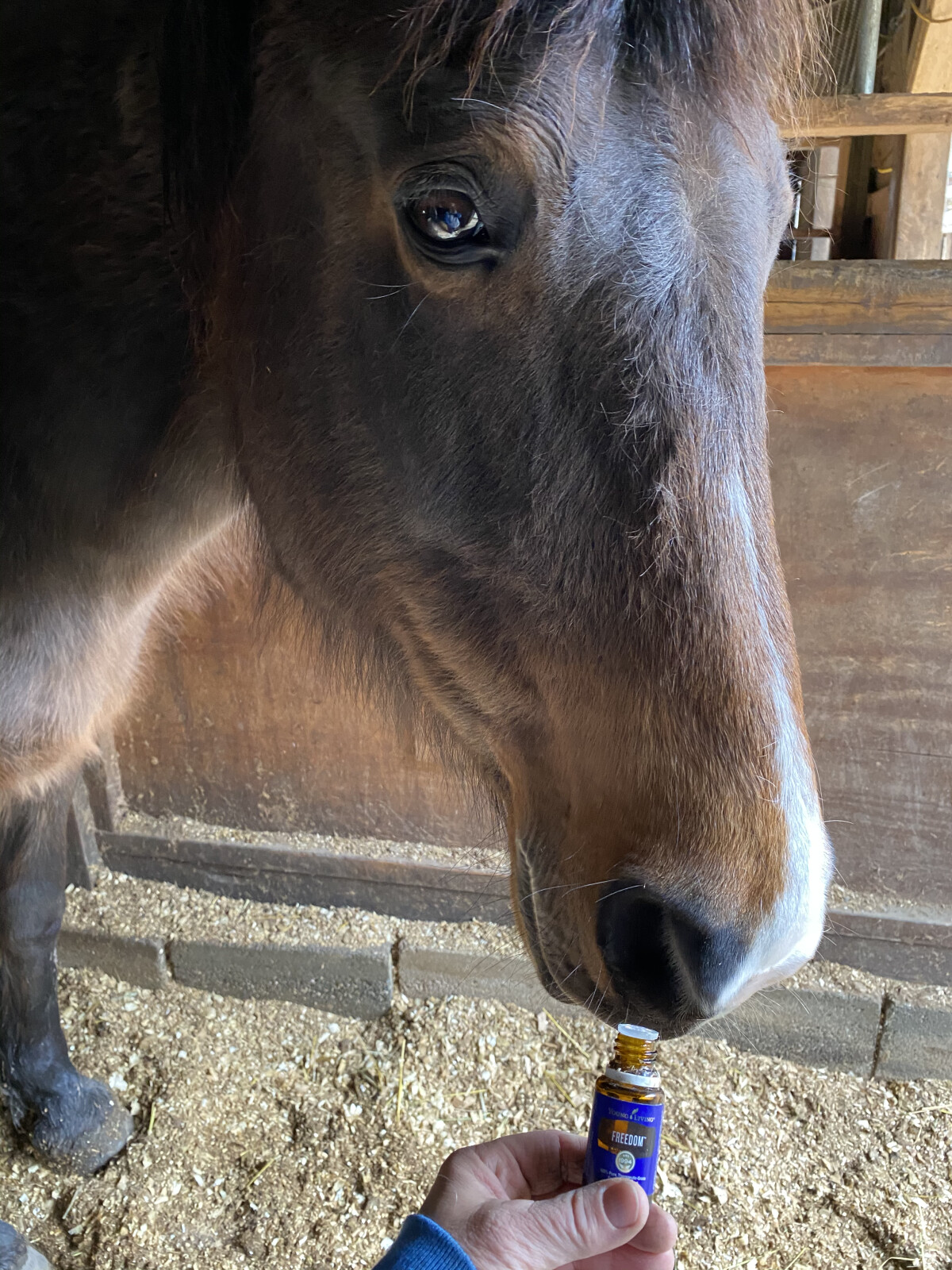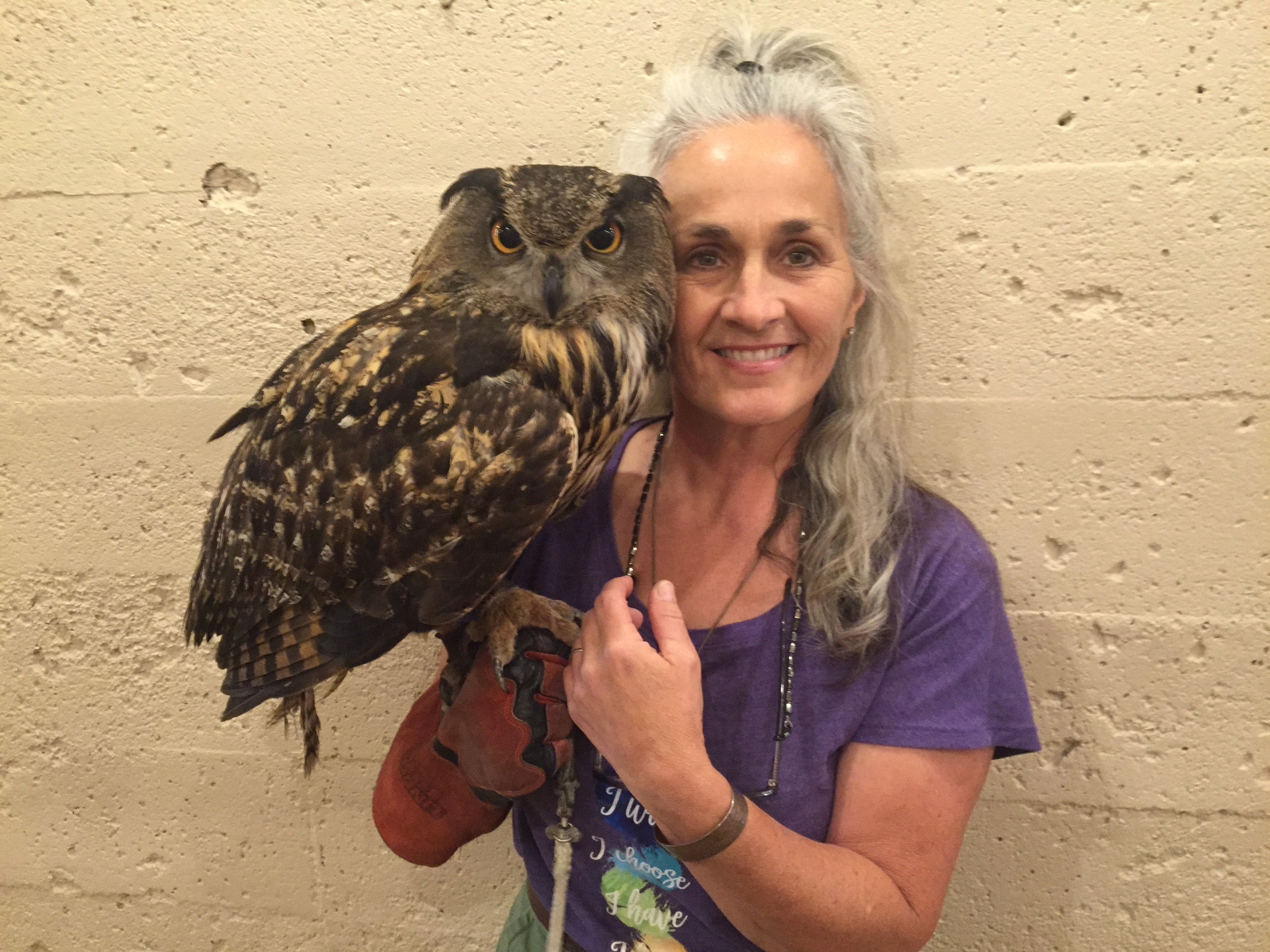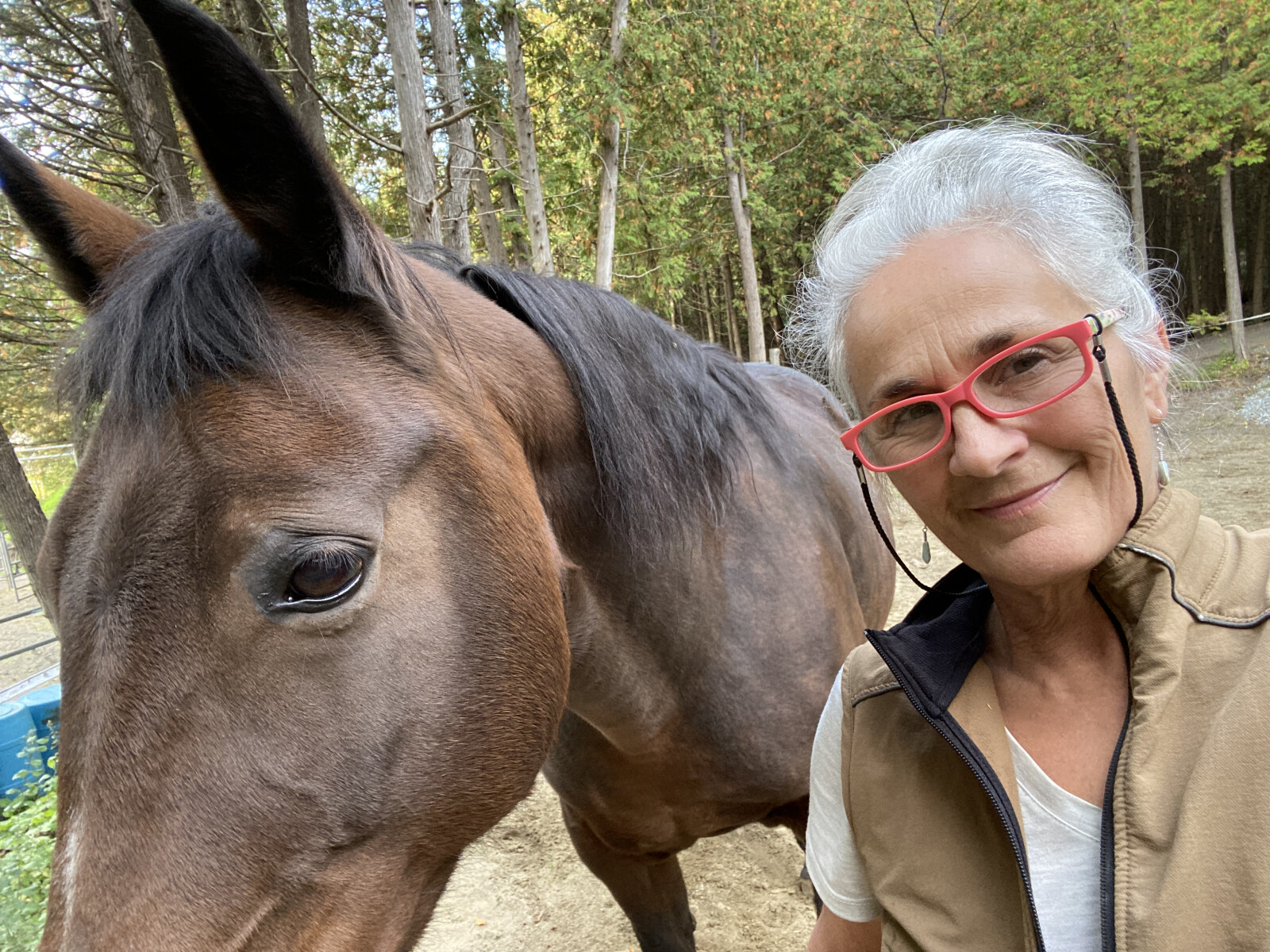
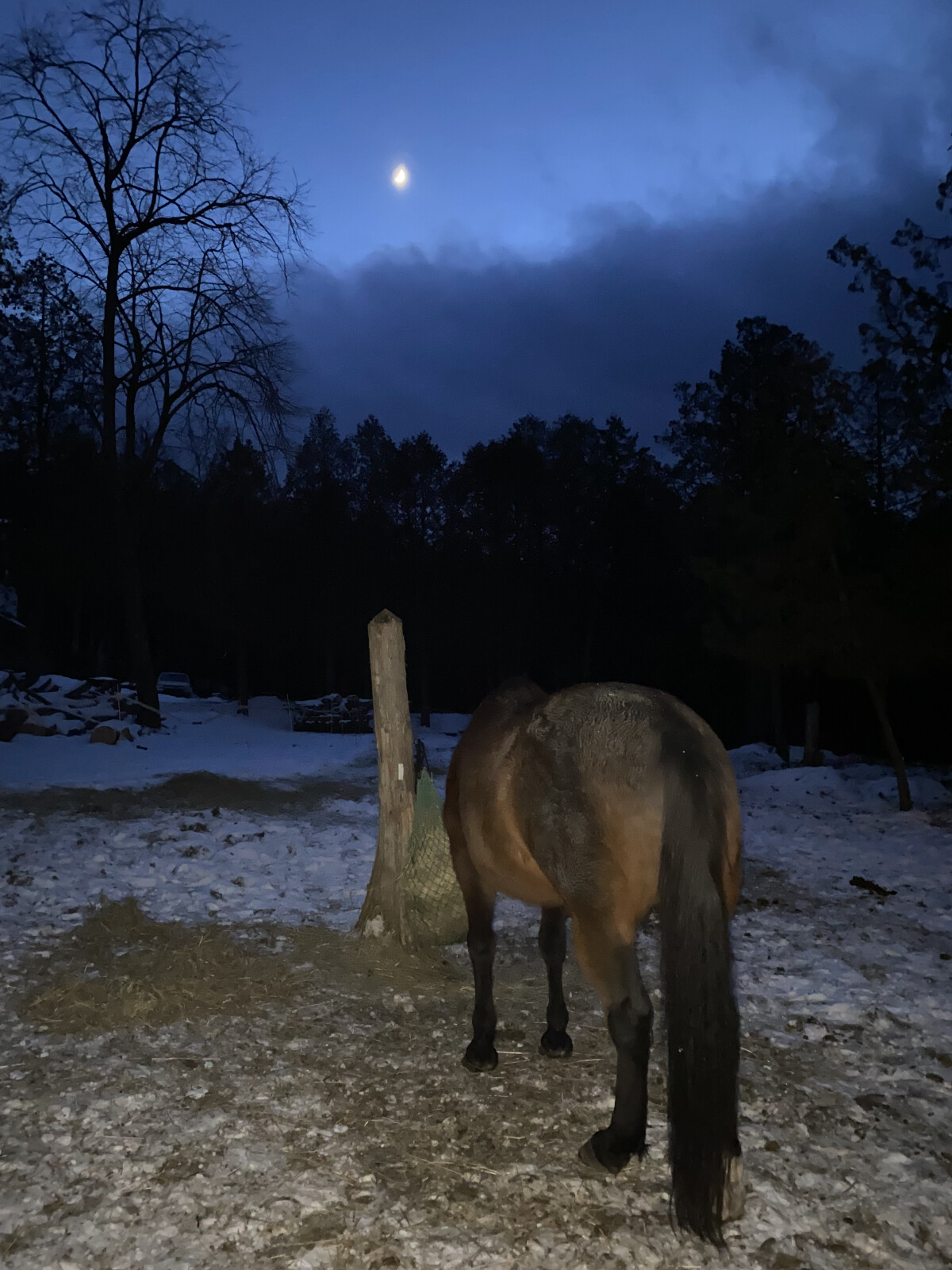
- Loss of weight
- Poor appetite
- Diarrhea
- Anemia
- Allowing your horse the ability to move about as much as possible. Get them out of the stall and onto a track. Moving as a herd plays into their sense of safety and less stressed life. Emotional stability plays a huge role in their wellness.
- Keep a clean environment. Removing manure will help to insure good health and reduce parasite problems.
- Feed a good forage based diet to your horses with plenty of minerals and fresh water.
- Have fecal checks done periodically on your horses. Your veterinarian can do this or you can get a microscope and do it yourself!
- Aloe Wood Sorrel
- Marshmallow Thyme
- Pumpkin Garlic
- Senna Ferns
- Peppermint Patchouli Orange
- Tarragon Copaiba
- Fennel Tea Tree
- Thieves Immupower
- JuvaCleanse. Purification
- AromaEase Melrose
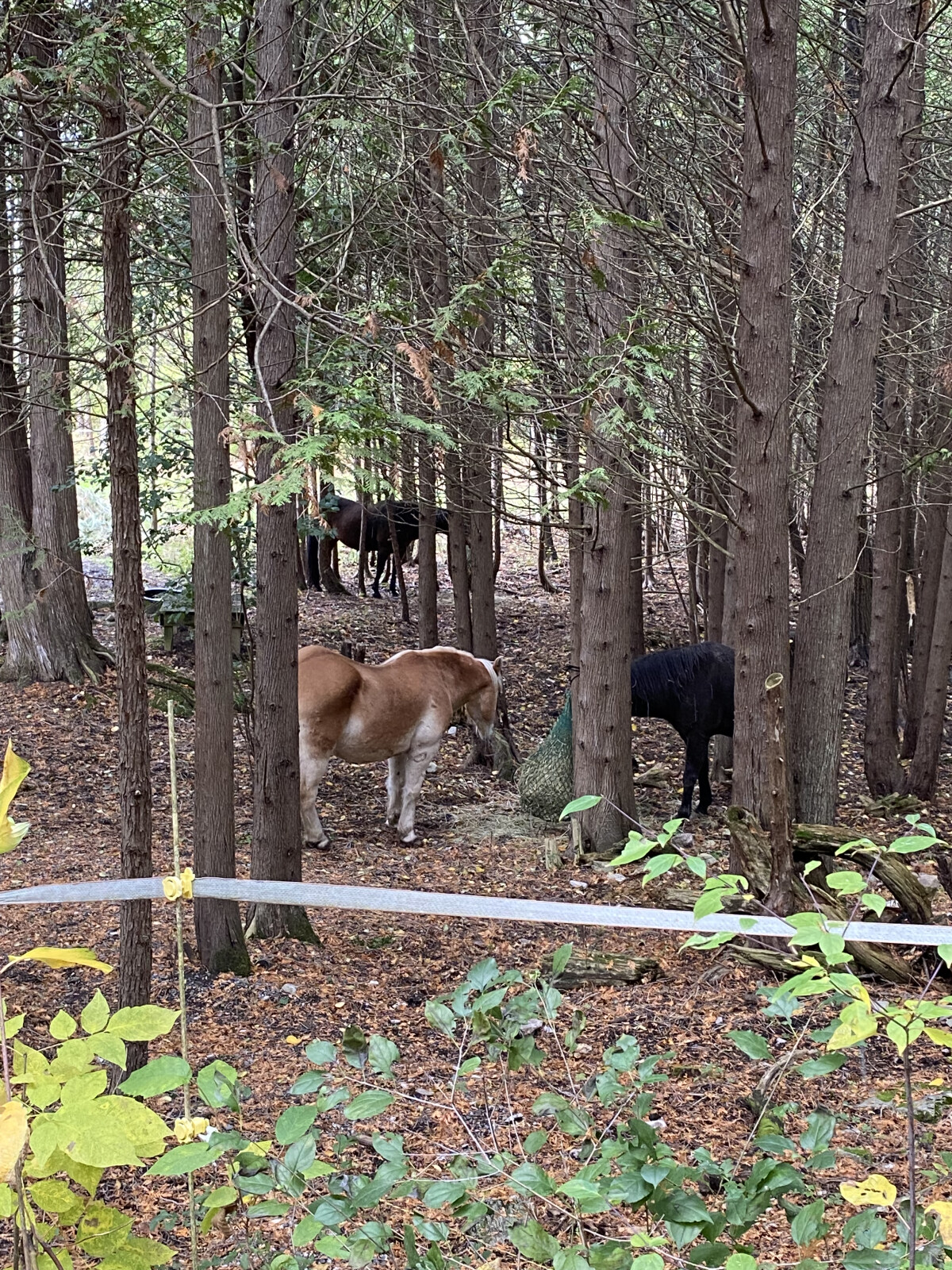
There’s a great saying from entrepreneur and motivational speaker Jim Rohn that has stuck with me since I first heard it… “For things to change, you must change. For things to be different, you must be different.”
This sentiment can be life changing when put into practice. And that means life changing for our horses too when we do change for the better!
Like so many of the things I have learned on my horse discovery journey, I have found most to be lessons that have expanded my understanding of myself. It was the Parelli program that first helped me to understand that being with our horses involves being a better version of ourselves. Our horses serve as our teachers and offer us a very distinct set of rules that we must learn and live up to. Without learning these ways of interacting with them, we cannot connect. What happens next is the horse is blamed, it needs to be “fixed” and when nothing changes, the horse is sold to make way for the new, better model.
If we look to ourselves to open our minds to new ways and new opportunities, the detrimental experiences that keep happening can now be replaced by positive new patterns!
Better solutions and improvements all come down to us doing and being better! Being open to new ideas, listening to others, learning new ways and trying new things. Remember what Jim said…“for things to change, you must change…”
Our horses require us to change and get better in order for us to be worthy leaders and partners. Now let’s take this one step further and incorporate it into their care…
What if we change the way we look at keeping our horses?
What if we took into consideration the nature of the horse?
When we look at these factors and know that horses are designed to live in a herd, to move many miles throughout the day, browse for their food, eating grasses, leaves, flowers herbs and a variety of other plants, then we can look to adapt these qualities to their lifestyle.
We can do things like…
Trade the stall for track life. Horses are movers!
Let them live and move as a herd. They are herd animals and get a great sense of purpose and security knowing their place in the herd.
Switch out the processed grain for a forage based diet with whole foods. Removing toxins from the diet goes a long way toward better physical and emotional health.
- Let ‘em go barefoot. Allow the increased movement to help develop and condition the feet to be their best.
The one thing to change, our minds! Let's be open to making changes that are with the horse’s benefit, comfort, safety and security at heart … and not just for the ease of the human!
If you'd like to learn more about these natural horse keeping ideas and more, check out the videos and posts in Guide 2, in our community... join The Hearts Of Horses, Empowering Through Holistic Care.

As horse care givers we know the damage that thrush can do. Or do we? There are so many horses out there who have back foot pain. It could be that slit up the back of the frog into the heel bulbs, maybe it’s the gooey, smelly junk in the collateral grooves, or perhaps it’s just a small frog that does not seem to grow. This pain causes the horse to land on the toes first creating all kinds of tearing and trouble for the hoof.
Much of the time this lameness is due to untreated bacterial and fungal infection. If let go, unnoticed for a long period, it creeps deeper into the hoof causing pain and more damage.
Needless to say, thrush is a big deal and we, as horse caregivers, need to be aware of it!
Because I am a huge proponent of a prevention philosophy when it comes to the care of my horses, I’m going to share the one big thing that you can do to help your horses to avoid thrush! The one thing that has the biggest impact on PREVENTING THRUSH is MOVEMENT!
Getting your horse out and moving on a track system is ideal for the health of their hooves. It offers stimulation to the hoof for growth, the ability to clean itself out and helps to wear the foot depending upon the terrain. If you’ve never heard of a track system or would like to learn more, I invite you to check in with our The Hearts of Horses, Empowering Through Holistic Care community. Guide 2 is all about the benefits and features of a track system.
You can get started helping your horse to move simply by giving them multiple places to eat hay, whether its from piles of hay or hay bags. They will move from one area to another. Setting up other features such as their water and salt in other areas will encourage even more movement. With a little bit of creativity and imagination, its easy to set it up for the horses’ benefit!
Another key piece in the prevention of thrush puzzle is the importance of nutrition. Sugars are food for the bacteria so removing the sugar from the diet will benefit the health of the foot. If you’ve had a stubborn case of thrush, look to changing this piece and see what happens! Sugars will be in hay, grains, supplements, mineral licks and more! Take a look at the suggestions in this guide to get your horse started off with a good nutrition foundation.
Alongside the nutrition piece comes adequate minerals. They are key to hoof growth and quality. Minerals like zinc, copper and selenium are necessary for healthy growth. You’ll want to make sure your horse’s diet contains these. I have seen tremendous growth with my own horses hooves and hair when I started them on a supplement ! The supplement, Sulfurzyme, contains sulfur which is loaded with the vitamins and minerals needed for hair and hoof growth. I started giving it for joint support to my older guy, but needless to say I was pretty happy with the hair and healthy hoof growth as well!
Another piece you’ll want to be aware of, is making sure there is no added iron in your horses diet. This can come from a variety of places including hay, water and feeds. There are barns who have discovered high iron in their water sources when they couldn’t get rid of the thrush (and other hoof troubles) issue for the majority of horses at the barn. It’s easy enough to have your water tested to figure this out. You’ll also want to check your feed labels for the word ferrous (and another word after it). These are iron related and will add to the problem.
One of the most valuable products I learned about when I had my trimming practice was Thieves Household Cleaner. I started carrying it when trimming and used it to spray every clients hooves when I finished trimming. It is a great way to keep the hooves in great shape as it promotes healthy growth while keeping trouble at bay.
If you’re dealing with thrush and working toward removing it, put these other factors that I wrote about above into place. Then, use the Thieves Cleaner as a soak in a soaker boot. Mixed with an essential oil like Melrose, it does a terrific job of clearing things up! For the really bad feet that have that painful crack in the back of the foot, I have found Animal Scents Ointment to be incredibly soothing and helpful in making the horse more comfortable.
And isn’t that really what it’s all about…? Making them more comfortable so they can heal faster. That is definitely my goal!
Thanks for reading and I hope this information is helpful to you.
All the best,
Marta
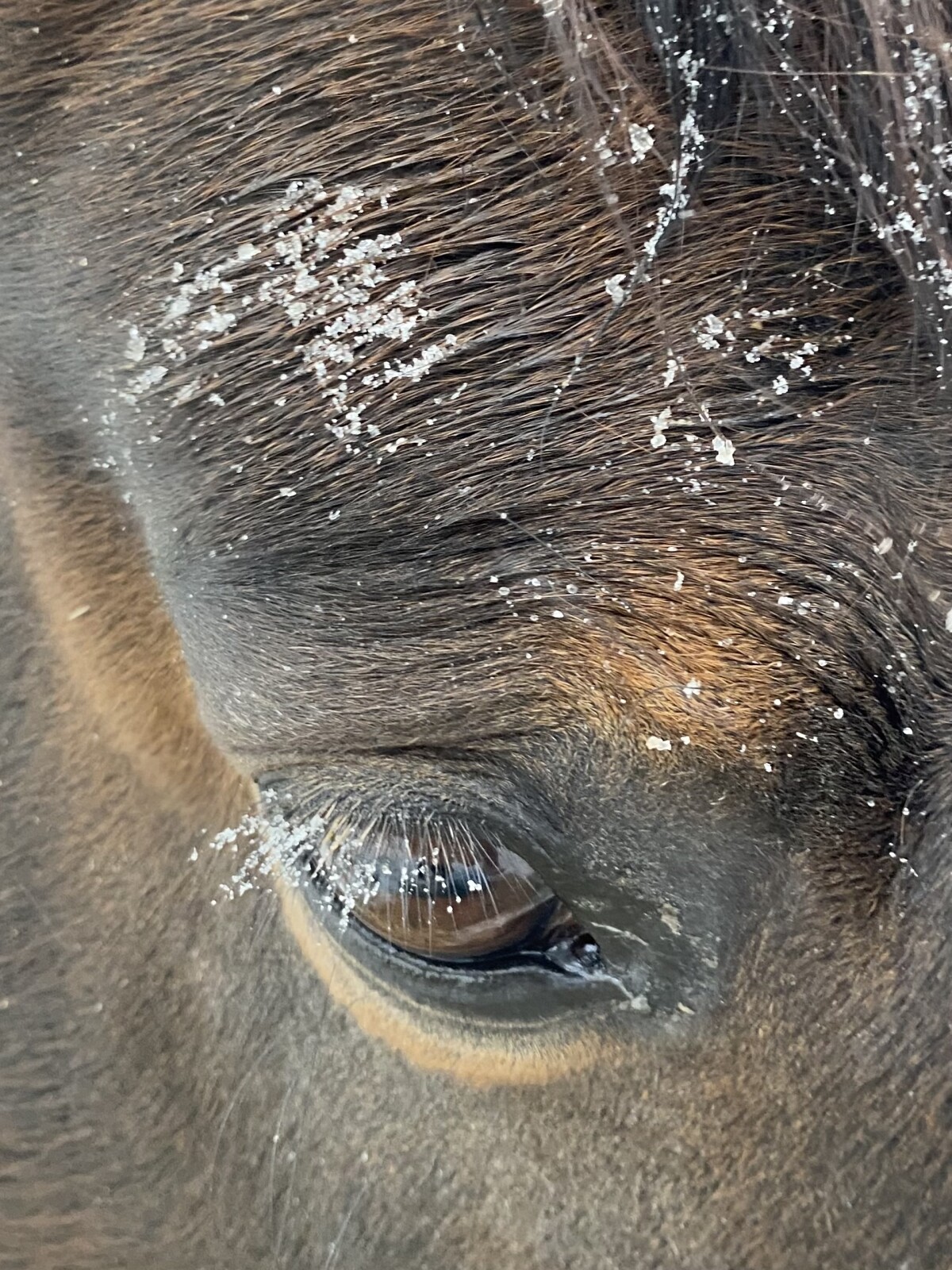
My girl, Calli, came to me with a predisposition toward showing signs of colic when the barometric pressure changed. With any storm coming, she was giving the usual signs of a curled lip and looking at her sides. This was in the early days of my learning about horses and how best to care for them. It was a crash course!
I’ve learned so much over the years and we no longer deal with those bouts of stomach upset. It’s been pretty smooth sailing for all my horses simply by keeping these 5 habits as part of their healthy, holistic lifestyle...
- First and foremost, allow your horses the freedom of movement! The more they can move and forage for their food, whether it’s on the ground or in hay bags, the better their digestive system functions. A track system is ideal, but if you’re not there yet at least spread the hay out in their space to encourage them to move to new areas.
- Make sure your horses are drinking plenty of water. In the cold temperatures adding a heat source to keep the water drinkable is necessary. Even making the water more enticing by adding a favorite oil flavor like lemon or Citrus Fresh would help them to drink but would also support their immune system function.
- Free choice granulated salt or adding it directly to their food is necessary for many body functions but will also encourage drinking more water. The average horse needs at least 1 oz of salt per day in the winter. It is responsible for such things as intestinal movement and fluid balance, absorbing nutrients and muscle and nerve function.
- Get rid of the processed grains! They are often loaded with sugars and ingredients that are hard on the gut. Go to forage-based feeds and whole foods like flax, chia and hemp to add to your horse’s nutrition regimen. Adding water is a benefit year-round but adding a bit more, and making it warm, for the extra cold weather is a good thing. If you have a hard keeper, of course splitting meals into more and smaller proportions is the safer thing to do for them.
- Adding the essential oil blend of Digize, from Young Living, has been the saving grace for us. I use it daily in their feed, year-round. I believe this is a big part of why Calli no longer has stomach discomfort. The blend of oils serves to help the gut to achieve a homeostasis or balance. We are never without it!
Wishing you a safe and healthy winter with your horses. And if you’re looking for more holistic care information to help you care for your horses, join us in our community in the fb group The Hearts of Horses, Empowering Through Holistic Care.
